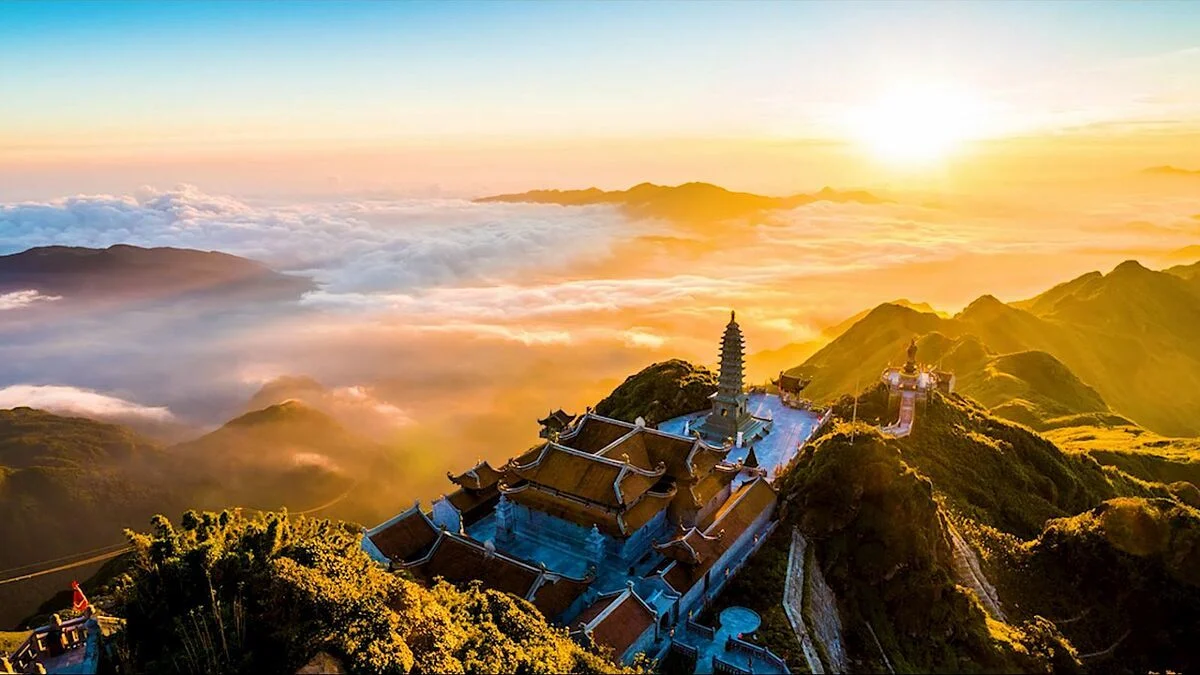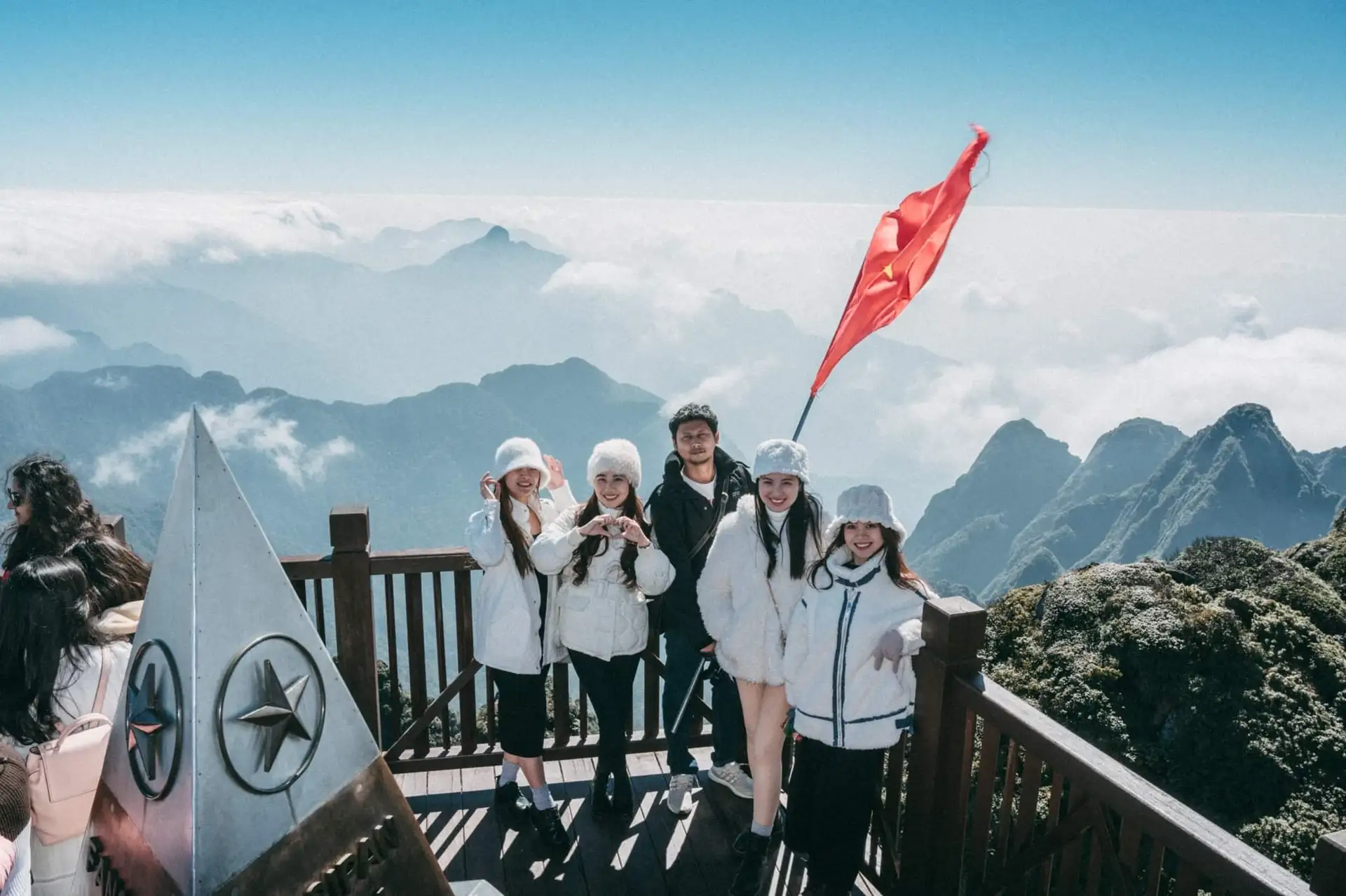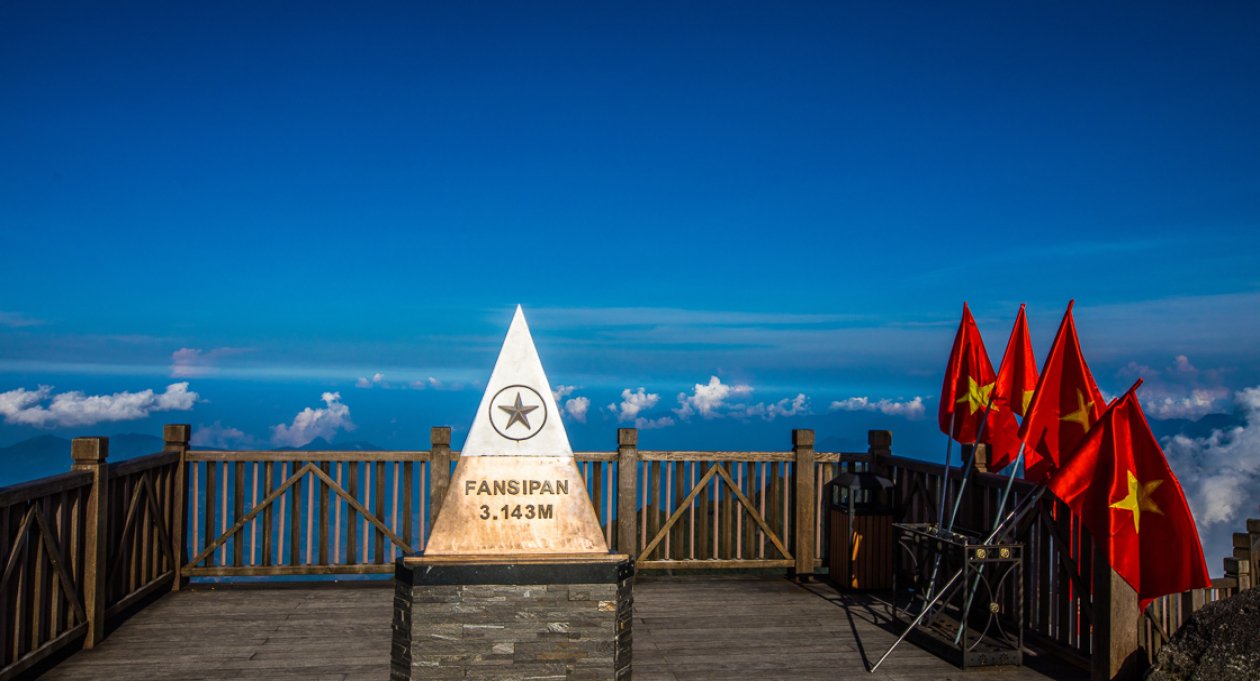Fansipan Mountain, often referred to as the “Roof of Indochina,” is a must-visit destination for any adventurer traveling to Vietnam. Located near Sapa, Fansipan Mountain offers breathtaking views and a variety of experiences for visitors. Whether you choose to take the Fansipan Mountain cable car for a swift and scenic ascent or embark on the challenging Fansipan Mountain trek, reaching the summit is an unforgettable achievement. Fansipan Mountain in Sapa promises not only spectacular landscapes but also a glimpse into the unique cultural heritage of the region.

Contents
1.Natural Beauty and Biodiversity

Fansipan is renowned for its stunning natural beauty and rich biodiversity. The mountain is part of the Hoang Lien National Park, which is home to a wide variety of flora and fauna. As you ascend, you will encounter lush forests, bamboo groves, and vibrant rhododendron fields. The diverse ecosystem supports numerous rare and endangered species, making it a paradise for botanists and wildlife enthusiasts.

2.The Journey to the Summit

Climbing Fansipan was once a grueling challenge, taking several days and requiring a high level of physical fitness. However, the introduction of the cable car system in 2016 has made the summit accessible to a broader range of visitors. The cable car ride, which lasts about 15 minutes, offers breathtaking views of the surrounding landscape, including terraced rice fields, deep valleys, and rugged mountain ranges

3.Reaching the Summit
Upon reaching the summit of Fansipan, visitors are greeted with a sense of accomplishment and awe. The panoramic views from the top are nothing short of spectacular, with the sea of clouds often enveloping the surrounding peaks, creating a surreal and ethereal atmosphere. The summit area is adorned with several significant landmarks, including a large bronze Buddha statue, a pagoda, and various stone carvings.You will experience Fansipan mountain cable car on the roof of Indochina

4.Cultural Significance

Fansipan holds great cultural and spiritual significance for the local ethnic minority communities, such as the Hmong, Dao, and Tay people. The mountain is considered sacred, and various legends and folklore are associated with it. Visitors have the opportunity to interact with these communities. Learn about their traditional customs, and experience their unique way of life. The town of Sapa, with its bustling markets and colorful traditional attire, serves as the gateway to Fansipan and offers a rich cultural experience.

5.Best Time to Visit

Fansipan can be visited year-round. But the best time to climb is from September to November and from March to May. During these months, the weather is relatively stable, and the skies are clear, offering the best views. December to February brings colder temperatures and the possibility of snow, adding a unique charm to the landscape. The rainy season from June to August can make trekking challenging due to slippery trails and reduced visibility.
6.Practical Tips

- Preparation: Whether taking the cable car or trekking, proper preparation is essential. Dress in layers, as temperatures can vary significantly, and bring rain gear if visiting during the rainy season.
- Health: Acclimatization to the altitude is important, especially for trekkers. Take it slow, stay hydrated, and be aware of symptoms of altitude sickness.
- Guidance: Hiring a local guide is recommended for trekkers to ensure safety and enrich the experience with local knowledge and insights


